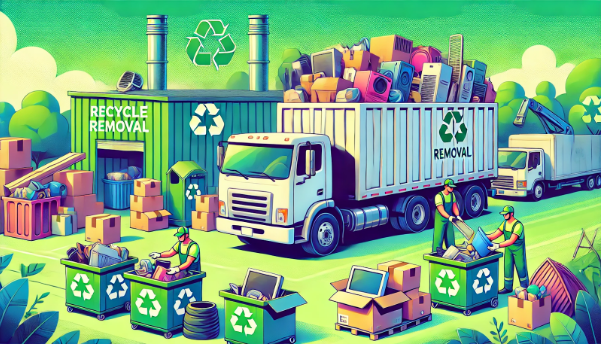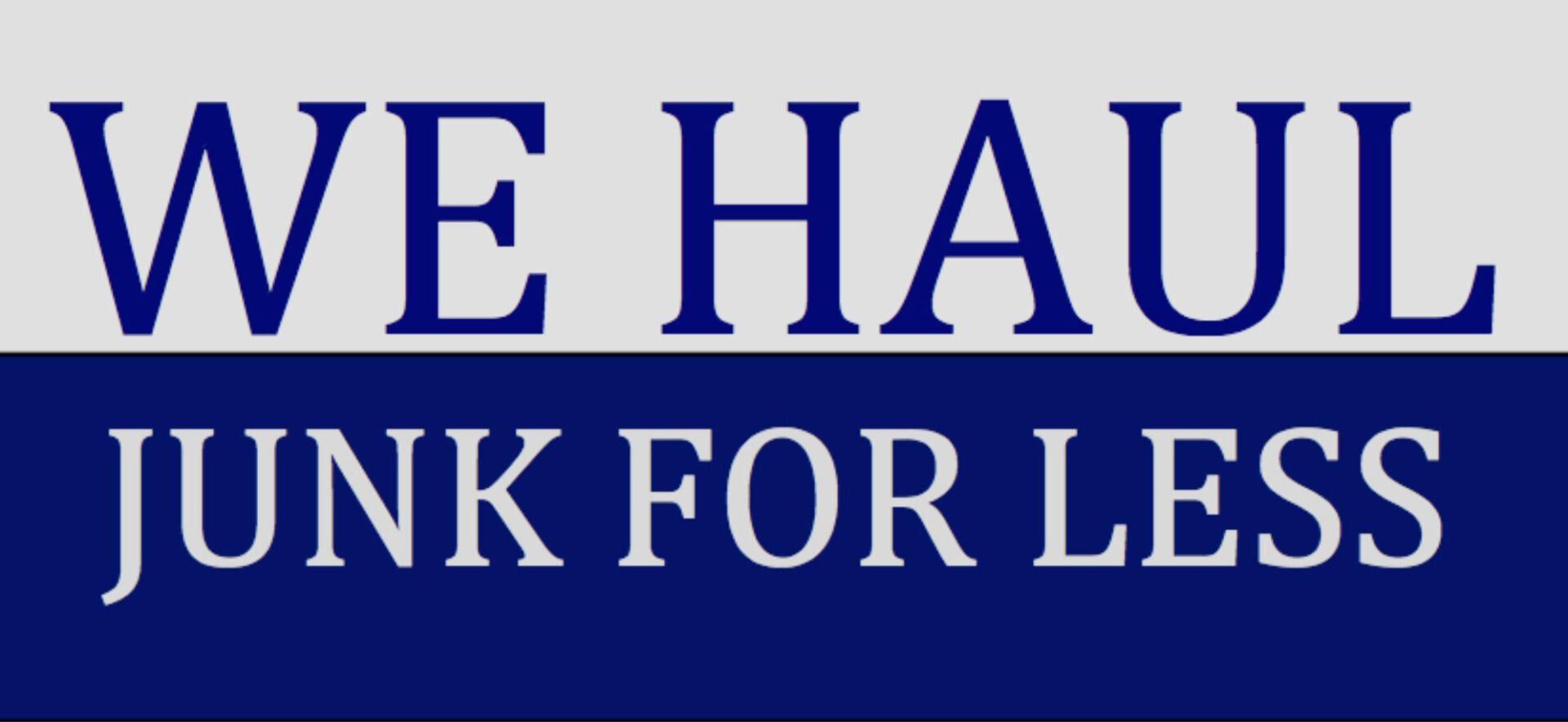
The Ultimate Guide to Recycling Unwanted Items: How to Declutter Responsibly
We all accumulate unwanted items over time, whether it's old electronics, worn-out clothes, or
broken appliances. But simply tossing these items in the trash isn't the best option for the environment. By choosing to
recycle unwanted items, you can reduce waste, conserve resources, and contribute to a healthier planet. In this guide, we’ll explore practical ways to recycle, repurpose, and donate items you no longer need, helping you declutter your home responsibly.
Why Recycling Unwanted Items is Important
1. Reduces Landfill Waste
Every year, millions of tons of waste end up in landfills, much of which could have been recycled. By recycling, you divert waste from landfills, reducing their environmental impact.
2. Conserves Natural Resources
Recycling materials like paper, metal, glass, and plastic reduces the need to extract raw materials from the earth. This helps conserve resources and reduces energy consumption.
3. Prevents Pollution
Properly disposing of hazardous items, such as electronics and batteries, prevents harmful chemicals from leaching into the soil and water. This helps protect our environment and public health.
4. Supports a Circular Economy
Recycling is a key component of the circular economy, where products are reused, repurposed, or recycled to extend their lifespan and reduce waste.
How to Recycle Unwanted Items: A Step-by-Step Guide
Step 1: Sort and Organize Your Items
Before you start recycling, sort through your belongings to identify what can be recycled, donated, or repurposed.
Step 2: Find Local Recycling Centers
Check with your local waste management services to learn about curbside recycling and special drop-off locations for items like electronics, batteries, and hazardous waste.
- Use online tools: Websites like Earth911 and RecycleNation can help you find nearby recycling centers.
- City resources: Many municipalities offer special recycling programs for hard-to-recycle items like mattresses and appliances.
Step 3: Donate Usable Items
Before throwing things away, consider whether someone else might benefit from them. Many charities and non-profits accept gently used items.
Where to donate:
- Goodwill, Salvation Army, Habitat for Humanity
- Local shelters, schools, or community centers
Step 4: Repurpose and Upcycle
Get creative and find new uses for items that might otherwise be thrown away.
Ideas for upcycling:
- Turn old jars into planters or storage containers.
- Use fabric scraps to make reusable cleaning cloths.
- Repurpose wooden pallets into garden furniture.
Common Items You Can Recycle and How to Do It
| Item Type | Examples | Recycling Tips |
|---|---|---|
| Electronics (E-Waste) | Phones, computers, TVs | Take to certified e-waste recycling centers |
| Metals | Aluminum cans, steel, copper | Drop off at local scrap metal yards |
| Plastics | Bottles, containers (codes 1-5) | Check local guidelines for accepted plastics |
| Glass | Bottles, jars | Rinse and remove lids before recycling |
| Paper | Newspapers, magazines, cardboard | Avoid recycling soiled paper (like greasy pizza boxes) |
Step-by-Step Guide to Efficient Junk Removal for Landlords
Step 1: Conduct a Walkthrough of the Property
Before scheduling a junk removal service, walk through the property to assess the extent of the cleanout. This will help you estimate costs and determine what items can be donated, recycled, or discarded.
- Create a list: Write down items that need removal, and identify those that can be donated or recycled.
Step 2: Choose a Reliable Junk Removal Service
Look for a reputable local junk removal company that specializes in property cleanouts for landlords.
- What to look for:
- Licensed and insured professionals
- Same-day or next-day service
- Eco-friendly disposal practices
Step 3: Schedule a Cleanout Service
Once you’ve chosen a junk removal company, schedule the cleanout. Many companies offer same-day or next-day appointments to help landlords quickly prepare properties for new tenants.
Step 4: Opt for Eco-Friendly Disposal
Make sure the junk removal company prioritizes recycling and donation. Items like old furniture, appliances, and electronics can often be repurposed or recycled.
Benefits of Hiring Professional Junk Removal Services for Landlords
1. Reduces Stress and Saves Time
Instead of spending days clearing out a property yourself, professionals can handle the job quickly, allowing you to focus on other aspects of managing your rental properties.
2. Prevents Damage to the Property
Heavy items can cause damage if not removed properly. Professional junk haulers have the right tools and techniques to avoid scratches, dents, and other damage.
3. Improves Property Appeal
A clean, clutter-free property is more attractive to potential tenants. Quick cleanouts mean you can show the property sooner, reducing vacancy rates.
4. Handles Emergency Cleanouts
If you have an urgent situation, such as a last-minute eviction or foreclosure, many junk removal companies offer emergency services to help you clear the property quickly.
FAQs About Junk Removal for Landlords
Q1: How much does junk removal cost for landlords?
The cost depends on the volume of junk, type of items, and location. On average, prices range from $200 to $800 for a full truckload. Many companies offer volume-based pricing, so you only pay for the space your junk takes up.
Q2: Can junk removal companies handle hazardous waste?
Most companies do not handle hazardous waste like chemicals, asbestos, or biohazards. You will need specialized services for these items.
Q3: What items can be recycled or donated?
Items like furniture, electronics, and appliances can often be donated if they are in good condition. Many companies recycle materials like metal, paper, and plastics.
Q4: How quickly can junk removal be scheduled?
Many companies offer same-day or next-day appointments, especially for landlords who need quick turnover between tenants.
Quick & Reliable
We are available by phone or email
Location
Santa Maria, CA
Email
Wehauljunkforless@gmail.com
Call
(805) 235-6855
Cities we service
Services
All Rights Reserved | We Haul Junk For Less Powered by Junk Removal Money
